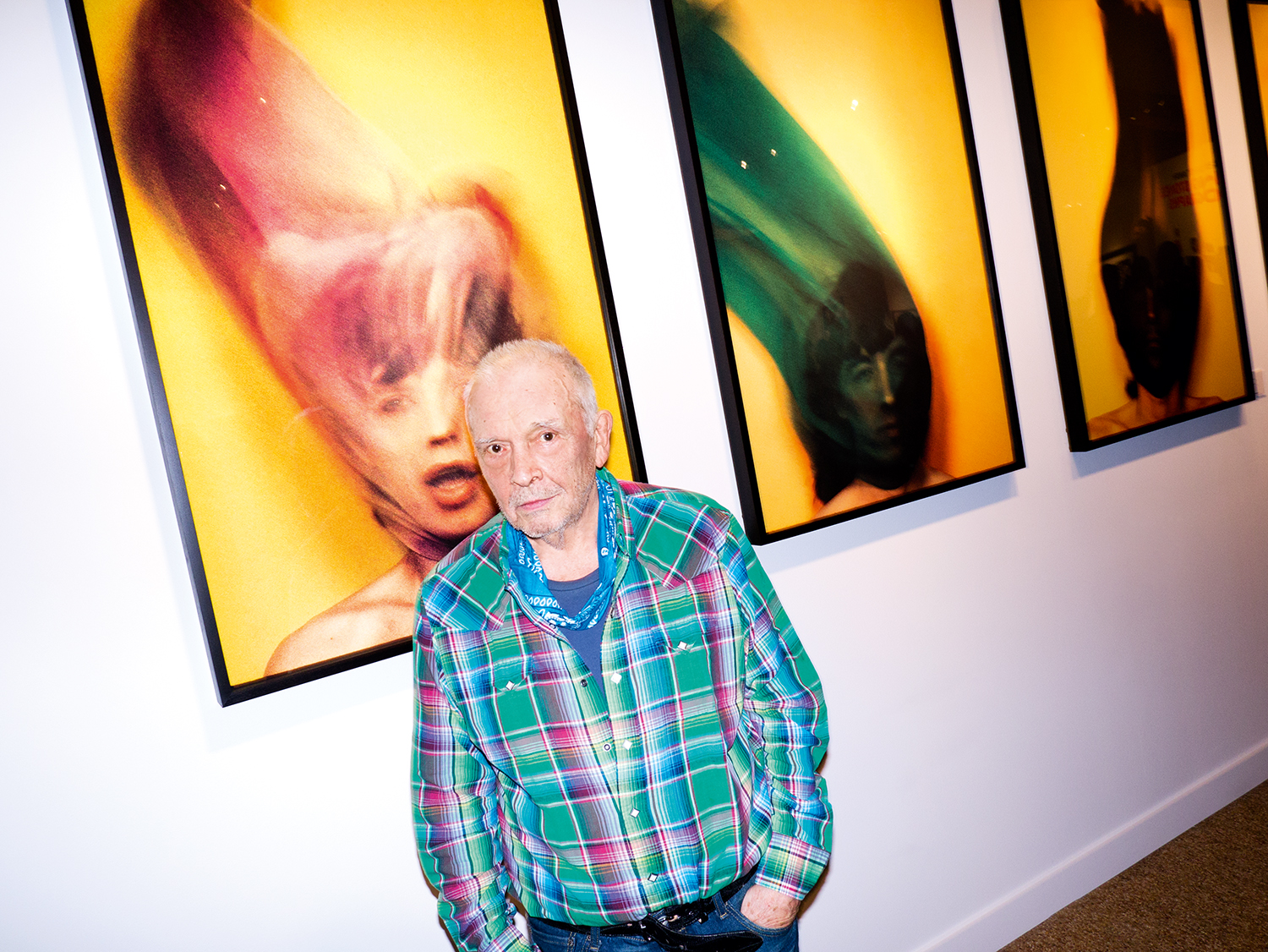Purple Magazine
— S/S 2015 issue 23
David Bailey
 David Bailey photographed by Brad Elterman at the opening of his show “It’s Just a Shot Away: The Rolling Stones in Photographs” at the Taschen Gallery, Los Angeles, December, 2014,
David Bailey photographed by Brad Elterman at the opening of his show “It’s Just a Shot Away: The Rolling Stones in Photographs” at the Taschen Gallery, Los Angeles, December, 2014,
god save the king
interview by SVEN SCHUMANN
all images by DAVID BAILEY
David Bailey swears like a sailor, does not give a shit about offending anybody, and apparently has quite the temper if you step on his toes. Bailey is also one of the most important photographers and portraitists of the 20th and 21st centuries. He has shot magazine covers for over 50 years, revolutionized fashion photography in the ’60s, married some of the most beautiful women in the world (including Catherine Deneuve), photographed almost every icon of the 20th century, directed numerous commercials, and was the inspiration behind the main character in Antonioni’s Blow-Up.
But Bailey doesn’t like to dwell on the past,…